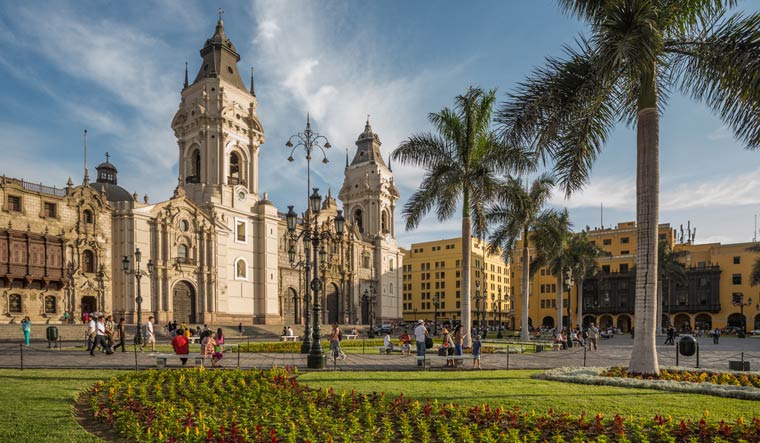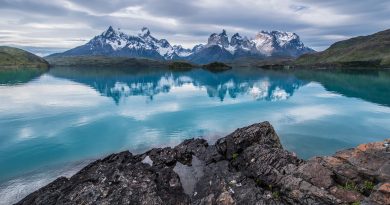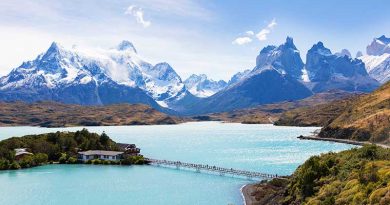Ramblings around the City of Kings – Lima
If you are looking to escape the hustle and bustle of the city, and spend some quality time with family or friends, then Lima has some hidden gems that will have you rambling around the City of Kings like you never have before. It doesn’t matter if you are looking to eat, shop or just take in the sites and sounds, Lima has something that everyone can enjoy! So let’s go rambling around the City of Kings! (if applicable) Please note this article was written by Antonio Pacheco-Lopez (Author), who is part of the team at Lifespan Learning.
History
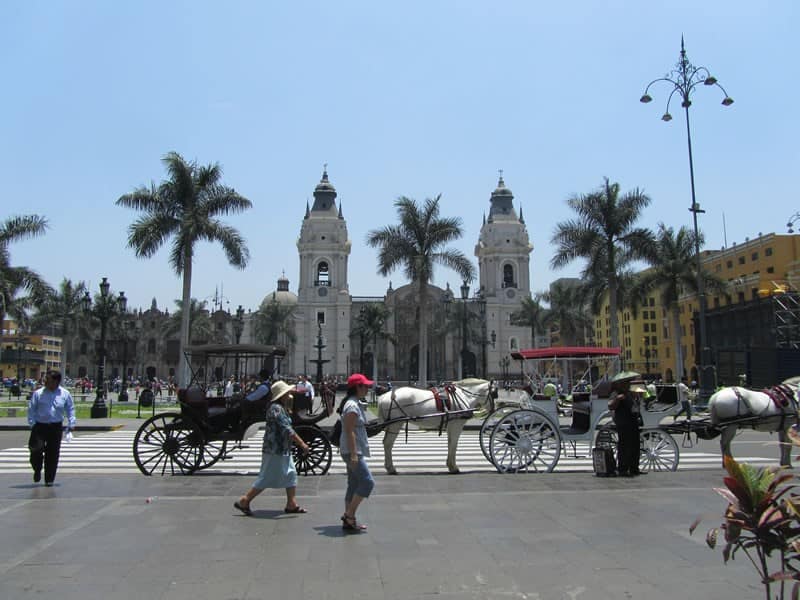
The City of Kings, or Lima, is full of history. It was founded in 1535 by Spanish conquistador Francisco Pizarro and became the capital of Peru in 1543. The city has a rich colonial history, evident in its many monuments and buildings. It was also an important cultural and literary center during the country’s viceroyalty period.
Today, Lima is a popular tourist destination for its beauty, culture, and tradition. One of the most iconic places to visit is Barranco, which is considered one of the most beautiful neighborhoods in Latin America. It boasts architecture from different eras, such as traditional casonas (mansions) and large-scale constructions built after World War II with Art Deco features.
The Monument to José de San Martín on Avenida Arequipa stands out among these landmarks. Its creator, Juan Manuel Vargas Delgado, won the Grand Prize at Paris’ Salon des Artistes Français in 1922 and it remains one of his best known works.
The Ruins

The first stop on my list of destinations was the ruins. I was in awe of the ancient buildings and couldn’t believe that they were still standing after all these years. I could imagine the people who used to live here and what their lives were like. Some of the walls are covered with graffiti from different eras, so it felt as if there was history everywhere you looked.
I even found some old coins at one point, which made me feel as if I had stumbled across something truly valuable. As we walked through the streets of Machu Picchu, our guide told us about how the Incas worshipped nature and believed that nature is sacred. When we got to see the amazing views, I could totally understand why this would be such an important place for them. There was a big part of me that wanted to stay forever and just explore everything.
Barranco District

The first stop on my tour was the bohemian Barranco District. This is the city’s artists’ quarter, with its own special charm. The streets are lined with colorful murals and graffiti, and there are plenty of cafes and art galleries to explore. I could have spent hours here just taking in the sights and sounds of this vibrant neighborhood.
But there’s more to Lima than just Barranco. So next, I wandered into downtown Lima. Here you’ll find some of the most beautiful architecture in all of Peru: you can’t miss the extravagant Palacio de Gobierno or the baroque Catedral de Lima which houses mummified saints and ornate altars. In between these two historic landmarks is a lively square where you can take part in an ancient tradition: drinking chicha, a fermented corn drink that predates Coca-Cola by about 3,000 years!
Larcomar Mall

Located in the Miraflores district, Larcomar is an open-air mall that offers stunning views of the Pacific Ocean. In addition to plenty of shopping and dining options, Larcomar also has a movie theater, bowling alley, and casino. If you’re looking to do some sightseeing, Larcomar is also a great place to start – there are several tour companies that offer tours of Lima from this location.
In terms of public transportation, Larcomar is accessible by taxi or by bus. It’s important to note that taxis can be expensive if you hail one on the street; make sure to call your driver ahead of time so they know where you’ll be waiting for them. To get to Larcomar Mall via bus, take Line 1 northbound towards La Marina. You’ll want to get off at the stop at Av Arequipa/Av Las Americas. From here, it’s a 10 minute walk down Av Las Americas until you reach Larcomar Mall.
Pachacamac Ruins
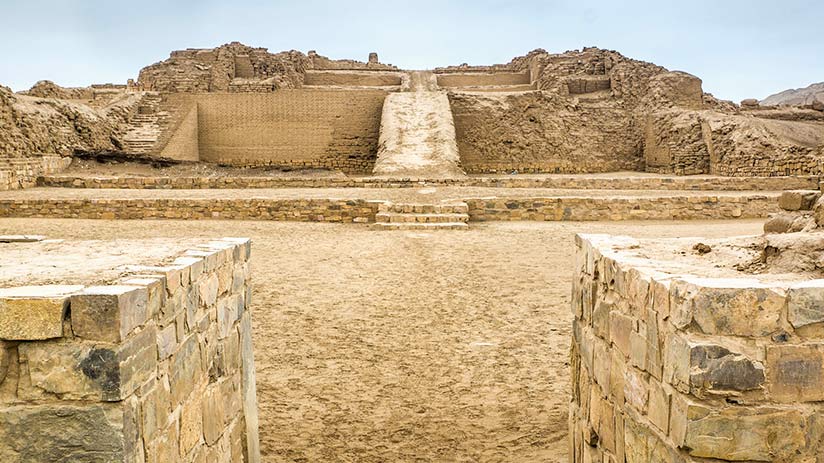
The Pachacamac Ruins are a must-see when in Lima. The ancient Inca site is located just south of the city and is full of history. Be sure to go on a guided tour to get the most out of your visit. You’ll learn about the different buildings on site and what they were used for, as well as get a glimpse into what life was like for the ancient Incas. When you’re done with the ruins, head over to La Casa de Melgar Restaurant for lunch. It’s best known for its ceviche but there’s plenty more on offer too!
Visit this privately owned museum that houses an impressive collection of pre-Columbian art from all over Peru. Once you’re done, grab some dinner at one of the many restaurants nearby (we recommend L’Olivier). Finally, try to catch one last look at Lima from Parque del Amor before ending your day here in this beautiful city by catching a performance at Teatro Municipal Pedro Calderón de la Barca on Plaza San Martin.
Huaca Pucllana Ruins

Huaca Pucllana, located in Lima’s Miraflores district, is a huge adobe and clay pyramid constructed by the Huari culture between 500 and 700 AD. For an amazing view of Lima, climb to the top of the pyramid today.
The site has been excavated and restored in recent years and includes remains of more than 300 huacas (sacred places). You’ll find many potsherds, figurines, jewelry and ornaments made from silver, gold and copper. One such treasure is a small metal statue of a human figure found with his arms stretched upwards as if he were reaching for something in the sky. Other finds include metal swords with finely decorated handles that date back to 1000 AD when they were first used by people living on the coast.
Morro Solar or Blanco Museum
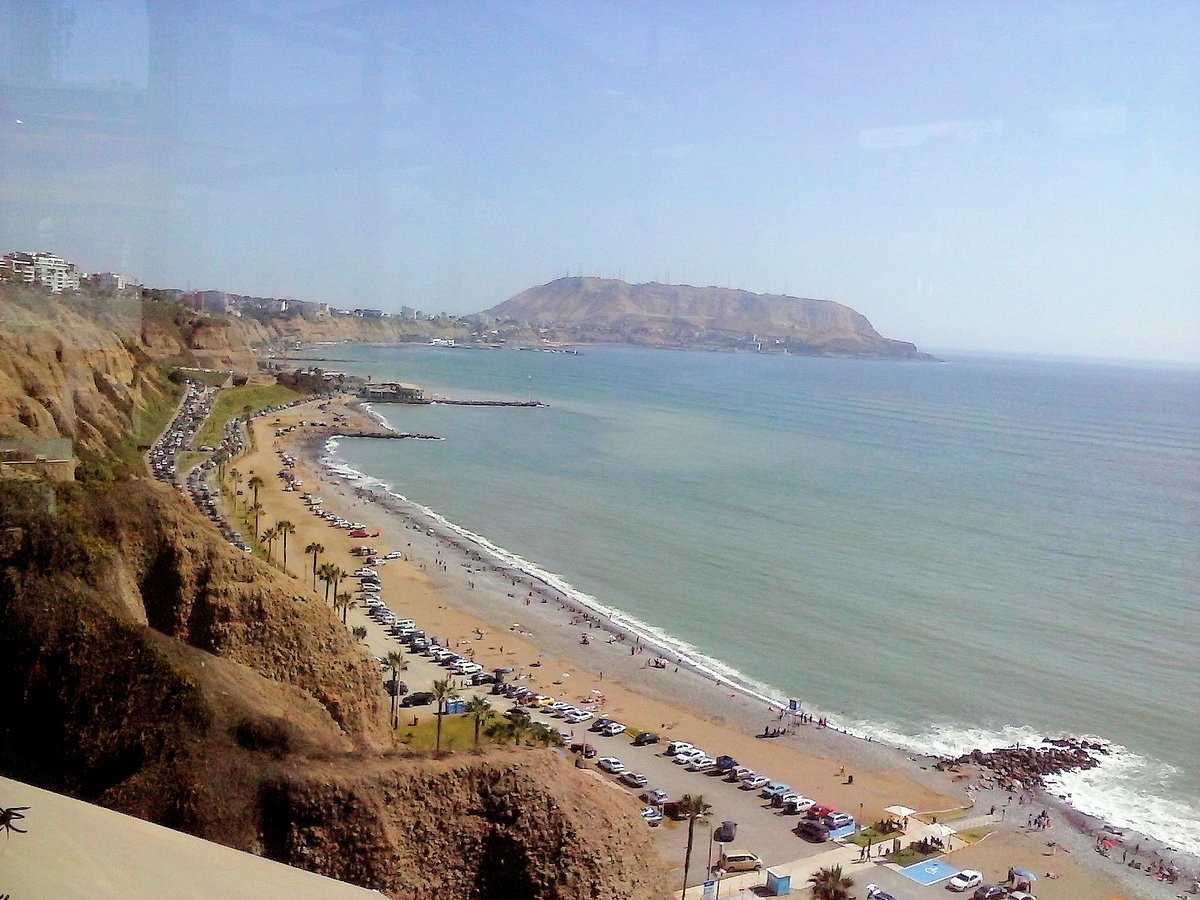
I started my journey at the Blanco Museum, also known as Morro Solar. The museum is located in a beautiful colonial building on the top of a hill in the center of Lima. The views from the museum are stunning, and it’s definitely worth a visit if you’re in the area. I then made my way down to the Plaza de Armas, which is Lima’s main square.
The square is surrounded by some of the city’s most important buildings, including the Cathedral and Presidential Palace. However, if you only have time for one thing during your visit to Lima then head over to the Gold Museum (Museo del Oro). It’s an impressive collection of Inca gold work with incredible craftsmanship that will leave you speechless. To finish off the day I headed up to La Punta to watch the sunset from atop Miraflores Hill. La Punta offers excellent views of both the Pacific Ocean and Peru’s capital city.
San Isidro District

San Isidro is one of the most affluent districts in Lima. It is also home to some of the best restaurants in the city, as well as a number of embassies. The district is filled with high-rise buildings, as well as parks and green spaces. If you’re looking for a place to stay in Lima, San Isidro is a great option. I stayed at Hotel Sarita House which is an affordable hotel that provides a good value.
Located near Huaca Pucllana ruins, this restaurant has been serving up delicious plates since 2006. Their menu features traditional dishes such as ceviche and locrio (a dish made up of white rice with vegetables). For dessert they offer fried plantains drizzled in honey and cinnamon sugar.
I also spent time exploring Miraflores District. With tons of markets, cafes, galleries, shops and bars it’s no wonder this is one of the most popular neighborhoods in Lima.
Central Lima District

Lima, or the City of Kings as it is often called, is the capital and largest city of Peru. Lima is a coastal city overlooking the Pacific Ocean in the country of Peru. It is one of the largest in the world, as well as one of the oldest, having been founded by Spanish conquerors on a relatively green hill over four centuries ago. Its central district contains some of the most important historical and cultural sites in Lima. Visitors to this part of town can explore colonial-era buildings, visit museums, and stroll through beautiful parks.
My favorite museum in the area is Larco Herrera Museum. The ancient Roman amphitheater offers excellent acoustics for concerts. When I’m in Lima, I usually make a point to stop by La Catedral de Lima for a glimpse into Peruvian history. Construction on the cathedral began in 1535, but was not completed until 1777 due to several interruptions caused by earthquakes and wars. It houses a bronze urn that contains what is believed to be the remains of Francisco Pizarro (who conquered Peru) and his wife Inés Yupanqui.

